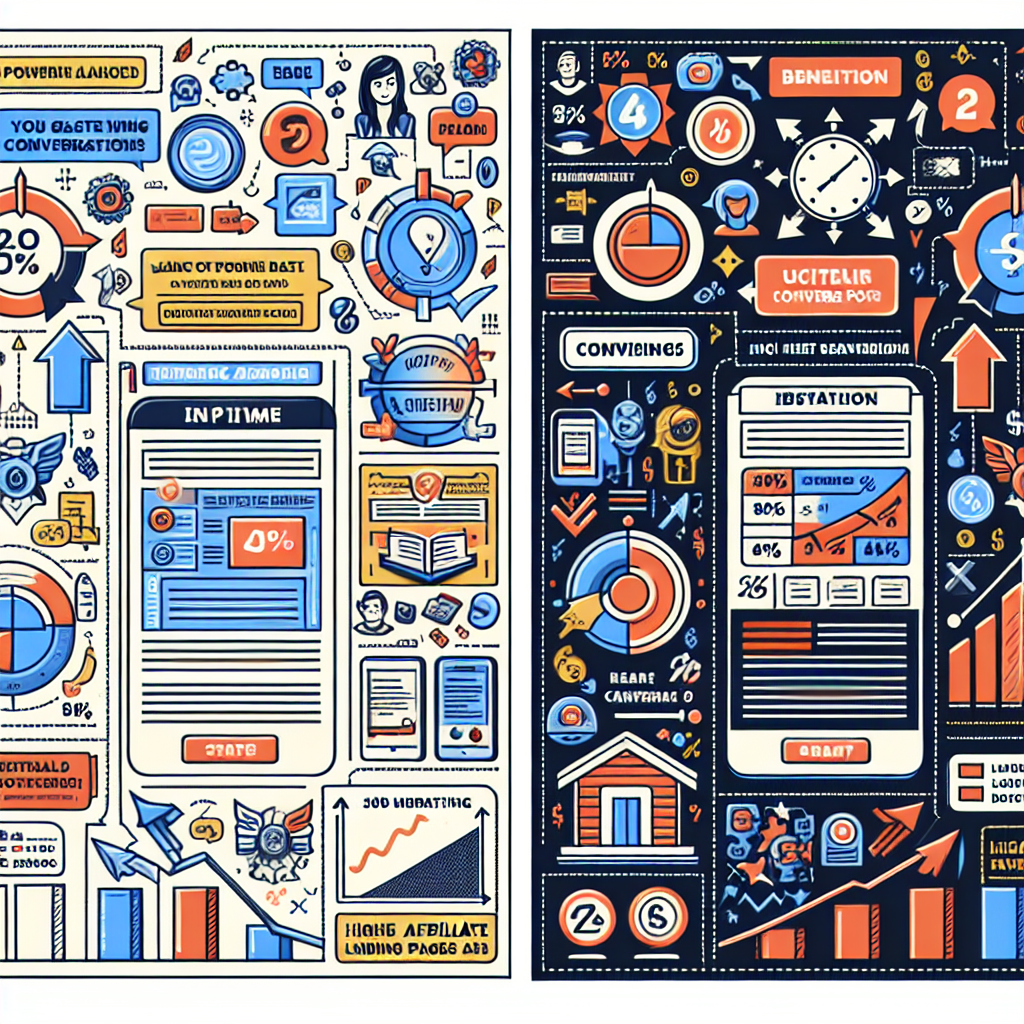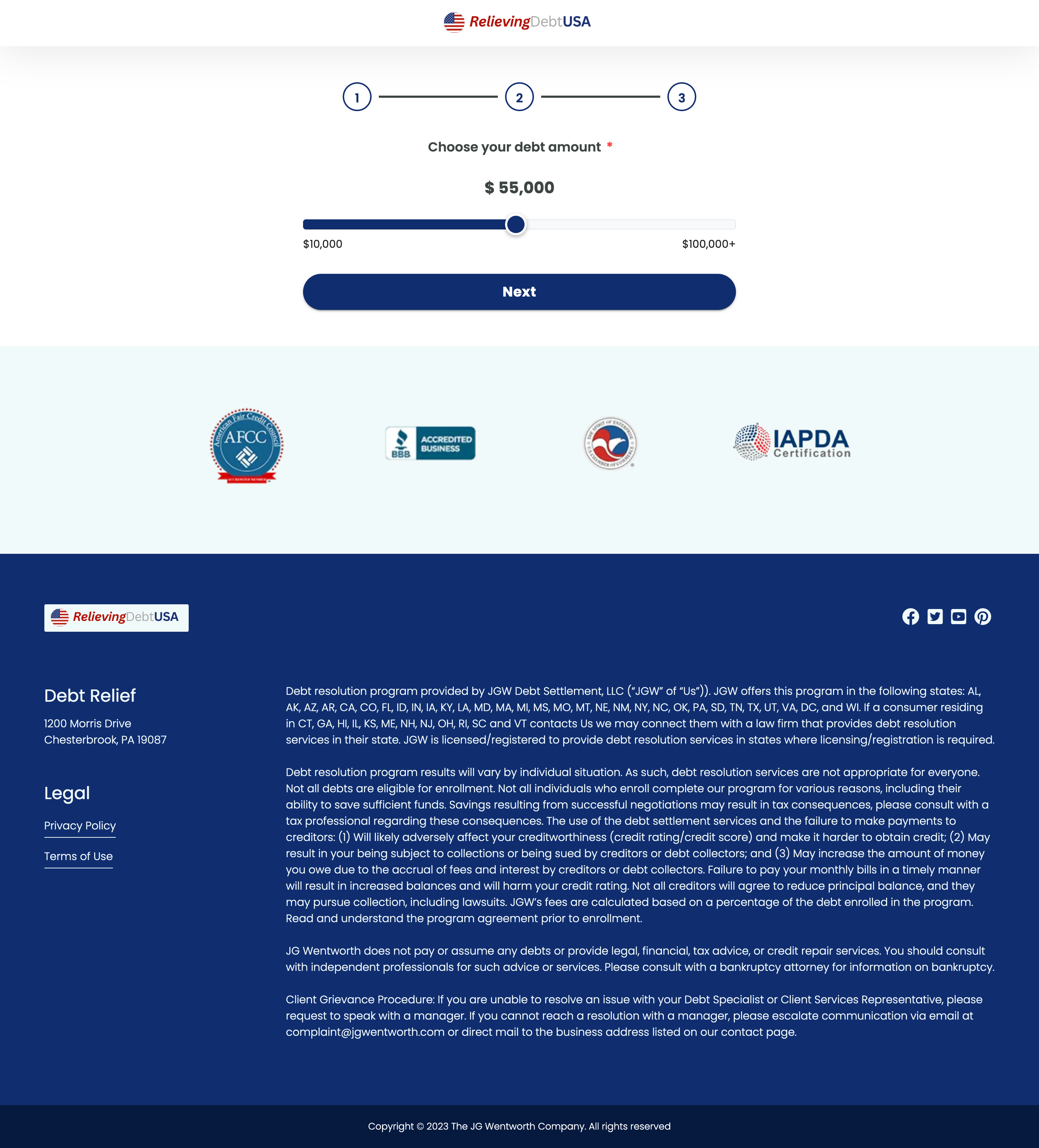How to Optimize Your Affiliate Landing Pages for Higher Conversion Rates
Affiliate marketing is a powerful tool used by businesses globally, and at the heart of a successful campaign is an optimized landing page that converts. This guide will delve into the strategies and best practices for enhancing your affiliate landing pages to boost conversions significantly.
Table of Contents
- The Importance of Landing Pages in Affiliate Marketing
- Understanding Your Traffic Sources
- Core Elements of a High-Converting Landing Page
- Design and User Experience
- Crafting Compelling Headlines and Copy
- Optimizing Your Call to Action (CTA)
- The Power of A/B Testing
- SEO Best Practices for Landing Pages
- Tracking and Analytics
- Conclusion
The Importance of Landing Pages in Affiliate Marketing
Landing pages serve as the initial interaction point between the user and the affiliate offer. These pages are specially designed to direct visitors towards taking a specific action, such as making a purchase or signing up for a newsletter. An optimized landing page can dramatically impact conversion rates by providing a tailored experience that aligns with visitor needs and expectations.
Understanding Your Traffic Sources
Before you can optimize your landing pages, you must understand where your traffic is coming from. Determine whether your visitors are arriving via social media, search engines, email campaigns, or other channels. This information helps you tailor your content and messaging to suit each audience segment, leading to higher conversion rates.
Core Elements of a High-Converting Landing Page
A high-converting landing page effectively communicates value, eliminates distractions, and encourages the desired action. Key elements include a strong value proposition, minimal and focused content, visually appealing design, and a strategic layout.
Design and User Experience
User experience (UX) plays a critical role in landing page performance. Key considerations include:
- Loading Speed: Ensure your page loads quickly on all devices, as slow pages can lead to high bounce rates.
- Mobile Responsiveness: With mobile browsing surpassing desktop, your landing page must be optimized for mobile devices.
- Easy Navigation: Provide a seamless experience with intuitive navigation that helps users find what they need.
Crafting Compelling Headlines and Copy
The headline is the first thing a visitor notices, so it must be engaging and succinctly convey your offer’s value. Support it with persuasive copy that addresses visitor pain points and highlights benefits, convincing them to take action. Be clear, concise, and avoid jargon that may confuse or deter potential leads.
Optimizing Your Call to Action (CTA)
The call to action is a pivotal component that guides visitors on what to do next. To optimize your CTA:
- Placement: Position your CTA button in a prominent spot where it’s easily visible.
- Design: Use contrasting colors to make your CTA stand out, and ensure the button is large enough to click.
- Text: Use action-oriented language, such as “Get Started Now” or “Download Today,” to encourage immediate action.
The Power of A/B Testing
A/B testing allows you to experiment with different elements of your landing page to identify what performs best. Test headlines, images, CTA buttons, colors, and copy to discover which combinations result in higher conversions. Continuous testing ensures that your landing page remains optimized over time.
SEO Best Practices for Landing Pages
Optimizing your landing pages for search engines ensures they are easily discoverable by potential visitors. Key SEO practices include:
- Keyword Optimization: Incorporate targeted keywords naturally into your headlines, copy, and meta tags.
- Meta Descriptions: Write compelling meta descriptions that encourage click-through from search results.
- Image Alt Text: Use descriptive alt text for images to improve accessibility and SEO.
Tracking and Analytics
Utilize tracking and analytics tools to monitor the performance of your landing pages. Track metrics such as conversion rates, bounce rates, and average time on page to identify areas for improvement. Tools like Google Analytics and Heatmaps provide valuable insights into user behavior and engagement.
Conclusion
Optimizing your affiliate landing pages is an ongoing process that requires attention to detail and a commitment to continuous improvement. By understanding your audience, leveraging design and usability best practices, crafting persuasive content, and employing A/B testing, you can significantly boost your conversion rates.
For marketers looking to streamline their efforts and gain insights, tools like a landing page ripper tool can be invaluable. Using this, you can save landing page assets and extract the necessary data to refine your strategies further.









